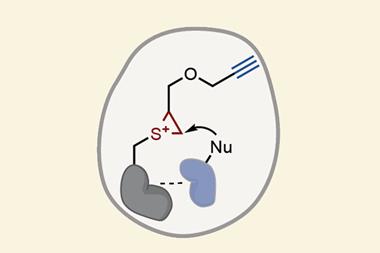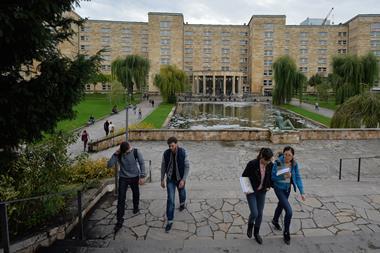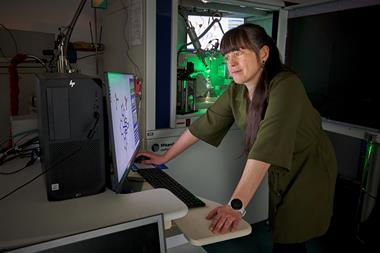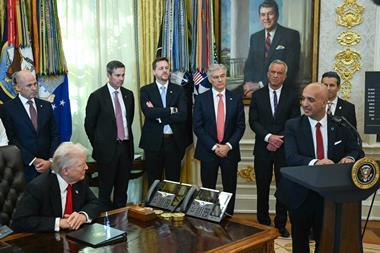Science groups successfully lobby to include funds in war bill
The US research community has won an extra $400 million (?200 million) for four science agencies, after successfully arguing that the nation’s scientific enterprise is in a state of emergency. The money was included in a fiscal year 2008 supplemental war bill that was signed into law by President Bush on 30 June, following a six-month campaign by science lobbyists.
The new law gives an extra $150 million to the National Institutes of Health (NIH), and there’s $62.5 million to the National Science Foundation (NSF), of which $22.5 million would go to research. It also gives Nasa $62.5 million more and the Department of Energy’s (DOE) Office of Science an extra $62.5 million as well as $62.5 million for the department’s environmental clean-up efforts.
’This is quite an achievement,’ says Kei Koizumi, who heads the R&D budget and policy programme at the American Association for the Advancement of Science (AAAS).
The new money must be spent by 30 September 2008, which marks the end of the current US fiscal year. Researchers hailed the final figure as a victory, even though it was significantly below the $1.2 billion proposed by the Senate in its version of the legislation, approved in May.
Cuts to federal science programmes in the FY08 budget, signed into law in January, forced Fermilab to plan the layoff of about 140 researchers and their staff. It is expected that the extra money DOE receives through the supplemental will allow labs like Fermi and Argonne to avoid further layoffs and put several experiments back on track.
Another national laboratory - Lawrence Livermore - also took a hard hit this year. A $280 million shortfall forced the lab to cut 440 full-time employees - including 164 scientists and engineers - in May. The lab also had imminent plans to lay off 100 more workers.
The American Chemical Society has welcomed the news. ’Rising tides lift all boats, and chemistry will benefit from that,’ says Glenn Ruskin, director of the ACS office of legislative and government affairs.
The extra money for FY08 is critical because it will carry over into the next fiscal year in the likely event that Congress fails to complete next year’s budget before 1 October 2008, when FY09 starts. Under that scenario, Congress will have to pass a continuing resolution that funds the agencies at their current levels, so the additional $400 million will we quite helpful. ’Otherwise, a depressed situation would be aggravated,’ adds Ruskin.
Ruskin also points out that chemistry will benefit directly from the supplemental funds. For example, $20 million of the extra money provided to NSF will go to support training efforts, including a programme that allows professionals to receive chemical training in exchange for a four-year commitment to teach.
Meanwhile, negotiations over next year’s FY09 US science budget are well underway. Legislation approved by House and Senate appropriators would give NSF a budget increase of almost $800 million, or roughly 13 per cent.
In addition, the Senate Appropriations Committee would give NIH $30.2 billion in FY09 - an increase of about 3.5 per cent or $1 billion - though the House Appropriations Committee has delayed approving the legislation because of Democrat and Republican wrangling over the bill’s provisions. For its part, the House Appropriations Committee approved legislation on 25 June that would give DOE’s Office of Science $4.9 billion - an increase of over 20 per cent.
Rebecca Trager, US correspondent for Research Day USA
References






No comments yet